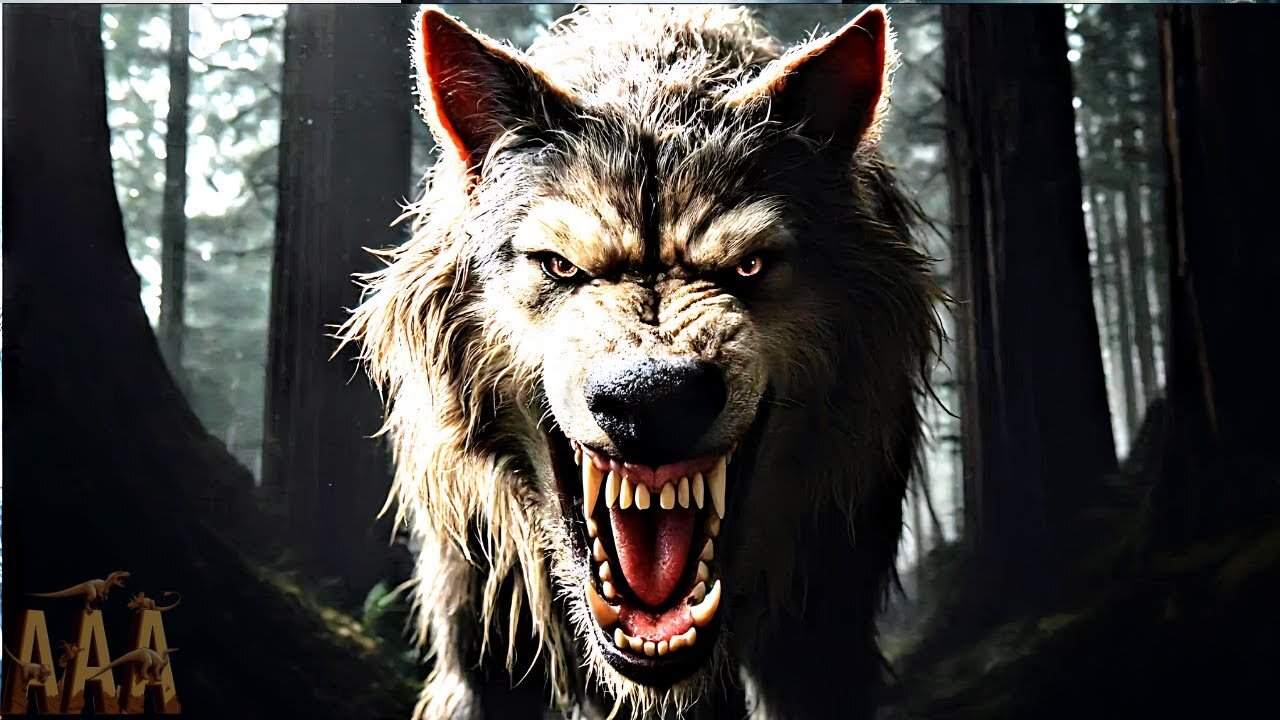Premium Only Content

6 Most Powerful Extinct Wolf Species!
Sure, here are descriptions and hashtags for six of the most powerful extinct wolf species:
1. Dire Wolf (Canis dirus)
The Dire Wolf was one of the most formidable predators of the Late Pleistocene, roaming North and South America. Known for its robust build, this wolf was significantly larger than modern gray wolves, with powerful jaws and teeth capable of crushing bone. It primarily hunted large herbivores, including bison and horses.
Hashtags: #DireWolf #PleistocenePredator #ExtinctWolves #AncientCarnivore #FossilRecord
2. Epicyon haydeni
Epicyon haydeni, existing during the Miocene epoch, was one of the largest canids to have ever lived. It was characterized by its massive size, large teeth, and strong limbs. This wolf likely preyed on large mammals and competed with other large predators of its time.
Hashtags: #EpicyonHaydeni #MioceneGiants #PrehistoricWolves #AncientPredators #FossilHistory
3. Canis lupus hodophilax (Japanese Wolf)
The Japanese Wolf, also known as the Honshu Wolf, was a small subspecies of the gray wolf that inhabited the islands of Japan until its extinction in the early 20th century. Despite its small size, it played a crucial role in Japanese ecosystems as a predator of deer and boar.
Hashtags: #JapaneseWolf #HonshuWolf #ExtinctSpecies #JapanWildlife #EcologicalHistory
4. Canis arnensis
Canis arnensis, or the Arno Wolf, was a medium-sized canid that lived during the early Pleistocene in Europe. This species is known from fossil remains found near the Arno River in Italy. It had a more primitive structure compared to modern wolves, indicating an evolutionary link between early canids and modern wolves.
Hashtags: #ArnoWolf #CanisArnensis #PleistoceneFauna #EuropeanFossils #WolfEvolution
5. Canis lepophagus
Canis lepophagus, believed to be an ancestor of both coyotes and gray wolves, lived during the late Miocene to early Pleistocene in North America. This species exhibited a blend of features found in both wolves and coyotes, suggesting its role in the evolutionary transition.
Hashtags: #CanisLepophagus #AncientCanids #WolfAncestors #Paleontology #EvolutionOfWolves
6. Canis etruscus
The Etruscan Wolf, Canis etruscus, was an early wolf species that lived during the Pleistocene in Europe. Known from fossils discovered in Italy, this species was smaller than modern wolves but had a significant role in the faunal communities of its time.
Hashtags: #EtruscanWolf #CanisEtruscus #PrehistoricEurope #WolfSpecies #FossilDiscoveries
These descriptions and hashtags highlight the most powerful extinct wolf species, their unique characteristics, and their significance in prehistoric ecosystems.
-
 LIVE
LIVE
GamerGril
1 hour agoThe Evil Within 2 💕 Pulse Check 💕 Still Here
87 watching -
 LIVE
LIVE
ttvglamourx
5 hours ago $0.26 earnedPLAYING WITH VIEWERS !DISCORD
90 watching -
 LIVE
LIVE
TheManaLord Plays
7 hours agoMANA SUMMIT - DAY 2 ($10,200+) | BANNED PLAYER SMASH MELEE INVITATIONAL
184 watching -
 LIVE
LIVE
Jorba4
2 hours ago🔴Live-Jorba4- The Finals
68 watching -
 LIVE
LIVE
BBQPenguin_
2 hours agoSOLO Extraction. Looting & PVP
28 watching -
 1:57:14
1:57:14
vivafrei
19 hours agoEp. 280: RFK Jr. Senate Hearing! Activist Fed Judges! Epstein Victims DEBACLE! & MORE! Viva & Barnes
72.9K79 -
 LIVE
LIVE
GritsGG
3 hours agoTop 250 Ranked Grind! Dubulars!🫡
99 watching -
 5:31
5:31
WhaddoYouMeme
1 day ago $3.35 earned$8,000/hr Dating Coach Loses Everything (Sadia Kahn)
20.2K10 -
 LIVE
LIVE
Ouhel
5 hours agoSunday | CoD 4 | CAMPAIGN PLAYTHROUGH | Nostalgia Kick
61 watching -
 13:14
13:14
DEADBUGsays
1 day agoThe Murder of Veronica Kaye | Cold#11
16.9K4